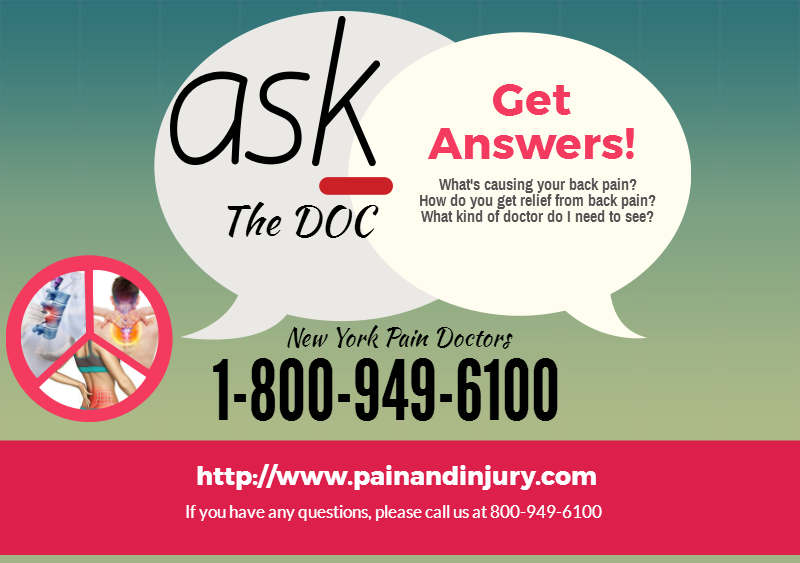
Few life choices are fraught with more peril than the decision to shovel snow.
Yes, shoveling is a killer workout — except, of course, when it actually kills. And then there are the legal ramifications. Many municipalities require residents to clear walks and driveways. But some homeowners refuse because someone at some time said shoveling actually increases a homeowner’s liability in slip-and-fall accidents. It’s an enduring and convenient excuse, only it’s not true … most of the time.
But first things first. Before deciding to shovel, are you even able? Shoveling snow is excellent exercise, burning about 400 calories per hour. But the cold constricts blood vessels, and shoveling spikes your heart rate. That could lead to a heart attack. Barnes-Jewish Hospital cardiologist Edward Geltman recommends folks in questionable health work slowly and take breaks.
“Don’t do anything that makes you breathe hard and prevents you from speaking in full sentences,” Geltman said. “But if you can, shoveling is a total-body workout, like cross-country skiing. You’re using your shoulders, your arms, your back.”
Even if you can shovel, must you? Most municipalities say yes.
In Columbia, a city ordinance on clearing sidewalks says all residents must keep sidewalks in front of or adjacent to property they own or occupy clear of snow and ice. Failure to do so is considered a misdemeanor offense.
What does Missouri law say on the question? The state does not explicitly require homeowners to clear their drives, but St. Louis University law Professor Peter Salsich says Missouri common law suggests otherwise. He calls the shoveling-lawsuit link an urban myth.
“I guess some people think, ‘If I do nothing, then it’s someone else’s problem. They see it’s icy, and it’s their responsibility to be careful,’ ” Salsich said. “But it’s clear that you cannot allow your property to pose a danger.”
But what if you clear your walk and a litigious neighbor still slips? It depends on what conditions are like in the surrounding areas. Say, for instance, you wake up to falling snow. The law does not demand you skip breakfast and clear snow as it falls.
“They don’t call that an act of God, but it is the same concept. No person is responsible for general natural accumulation,” said Evans & Dixon attorney John Michener, who defends property owners against personal injury cases.
But once the condition starts to change — say repeated trips walking back and forth has turned the snow into uneven patches of ice — then the homeowner is liable for the walk’s altered condition.
“That may take three hours or three days, but the snow is no longer in that natural state,” Michener said. “Then there is the duty to clear it. The standard is what would a prudent person do. You don’t have to wave a wand and get to the concrete. You don’t have to do an extraordinary job, just what a reasonable person would do. Of course, 12 jurors may argue about what that means.”
For instance, in one landmark Missouri case, a plaintiff successfully sued a restaurant after slipping on a lot the day after it was cleared. Personal injury attorney K. Lindsay Rakers of the Cagle Law Firm explains the condition of the property was more dangerous than surrounding areas.
“A thorough investigation of the facts leading up to the fall is absolutely crucial in these fall cases,” Rakers said.
Clearly, these cases are complicated. But Michener can think of one example when, yes, you should leave the shovel in the garage: ice topped with snow.
“At that point, you have the natural accumulation and no legal duty. But if you do go out there and expose a sheet of ice under 3 inches of snow, then you’ve made it worse,” Michener said. “Good intent doesn’t matter in cases of negligence.”
It’s enough to give your brain frostbite. You could keep a legal and medical team on retainer. Or you could just shovel the darn snow. That’s what Jim Camoriano, a spokesman for State Farm Insurance Cos., does. The insurance company does not track snow-related slip-and-falls, but Camoriano said the region hasn’t faced a rash of claims. He recommends policyholders do what they can to keep their walks safe. After all, it’s the neighborly thing to do.
“I’ve heard that too, that once you maintain” your walk “then your liability increases,” Camoriano said. “But don’t you want to do what you can to make things as safe as possible for your neighbors and your mail carrier, not to mention yourself? To me, it seems like common sense.”




